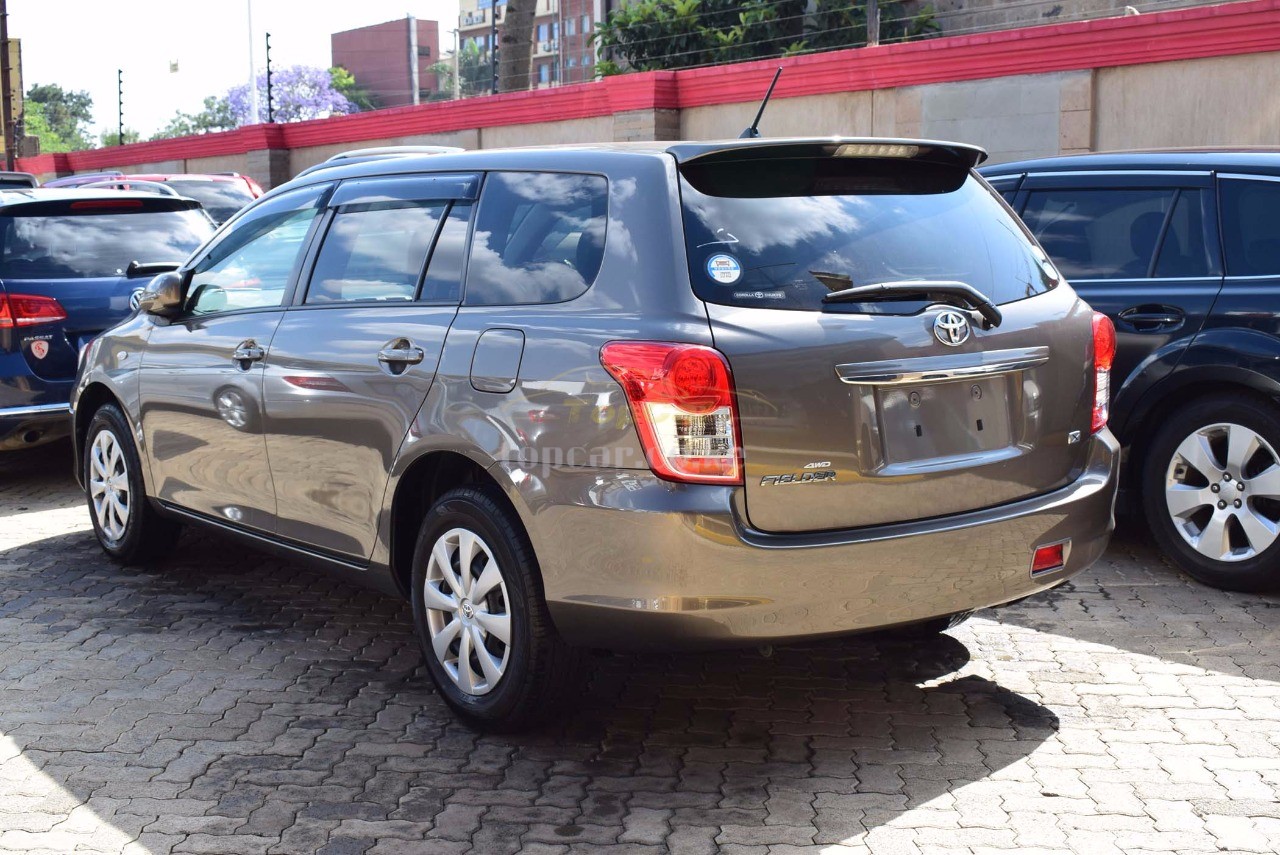Importation of used cars has risen in the month of November as car dealers and buyers rush to beat the eight-year age limit law.
Second car importers are projecting that monthly imports can hit a high of 20,000 before January going by the last-minute orders witnessed in the last few weeks.
Under the age limit law, December 31st will mark the last day for cars manufactured in 2012 to be cleared in the country.
Four ships carrying such cars are expected to dock at the Port of Mombasa between Saturday 30 and December 10.
One vessel, Silver Ray docked yesterday while other conventional vessels-Morning Champion and Jolly Quarzo will arrive on Saturday, Morning Menad and Hoegh Kobe are expected to arrive at the port on December 4, and December 10 respectively.
According to the Car Importers Association of Kenya (CIAK), imports between January and March are averagely 4000 but these numbers usually shoot up to 9,000 in the second half of the year.
CIAK Chairman Mr. Peter Otieno said NTSA (National Transport and Safety Authority) should be ready with enough number plates while KRA and those dealing with motor vehicles should be ready with enough with enough man power to do clearance.
Otieno raised concerns among dealers over the slow release of the KCX number plates by the taxman.
In March, over 6,000 second-hand cars were stuck at the Port of Mombasa due to a delay in registration and issuance of logbooks.
The law demands that all imported vehicles should only be released after full registration.
According to Kenya Auto Bazaar Association Chairman Mr John Kipchumba, the sales have not been good this year. He blames it on tough economic environment and liquidity problem. ” Cash began disappearing in the month of June and that resulted in low sales this year”, he added.
Economic surveys find that registration of new cars however increased from 91071 units in 2017 to 102,306 units in 2018.















